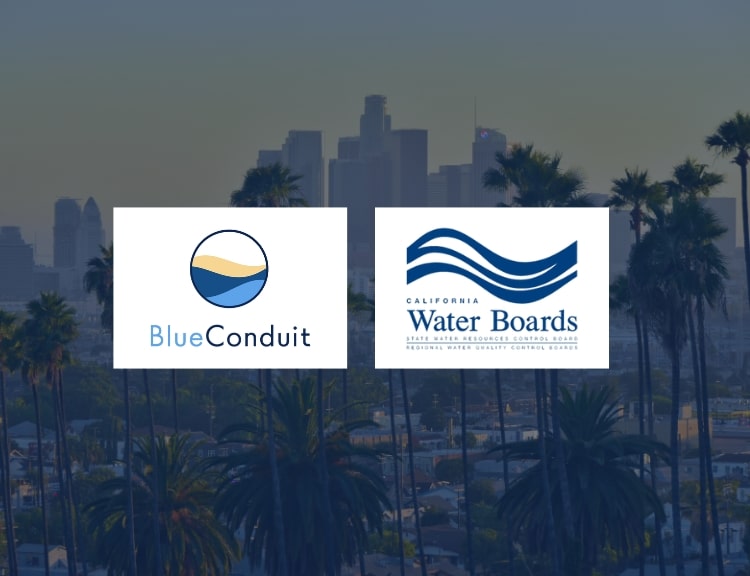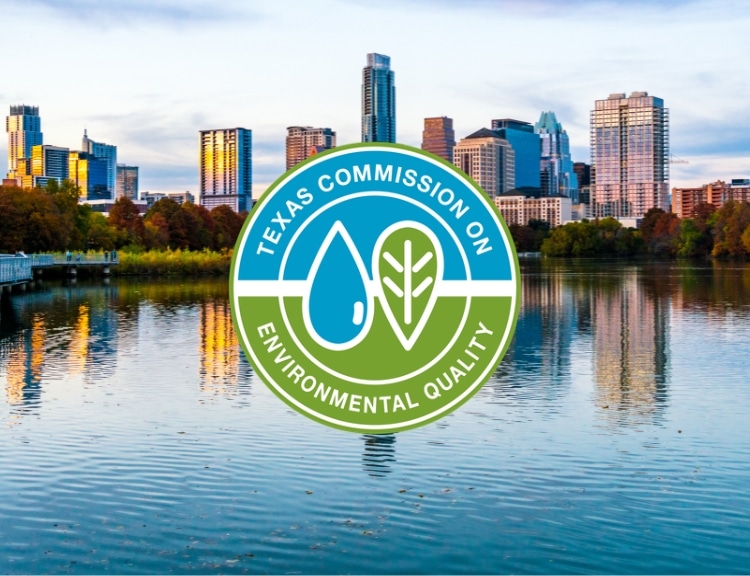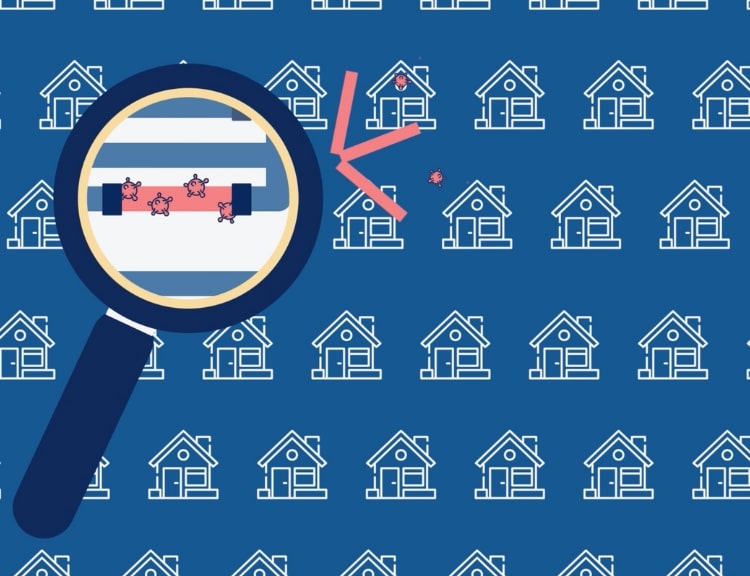BlueConduit is excited to announce that the California State Water Resources Control Board’s Division of Drinking Water (DDW) approved our Statistical Methods Approach to No-Lead Verification, enabling BlueConduit-supported water systems to use statistical analysis to classify “unknown” service lines as “non-lead.”*
The California State Water Resources Control Board’s Division of Drinking Water (DDW) published guidance for public water systems that outlines the approved methods for service line material classification for the Lead Service Line Inventory. In the guidance, updated in December 2023, statistical verification (also called predictive models and machine learning) are included as methods that will be approved on a case-by-case basis. California’s DDW requires the pre-approval of project plans for the use of statistical methods for service line material identification in the LSLI.
BlueConduit applauds DDW’s inclusion of statistical methods as an accepted verification method for LSLI, in line with the EPA’s LSLI guidance. Statistical analysis and predictive modeling offer a huge opportunity to public water systems in California. Most housing and infrastructure in California is newer and, because lead pipes were banned in the US in 1986, most California water systems do not expect to find much, or any, lead. However, the LCR/LCRI treats service lines of unknown material as presumed lead and public water systems do not have the financial, human, or technical resources to physically inspect each service line segment.
The use of statistical analysis and predictive modeling built on the fundamental best practices in statistics allows water systems to be more precise in their compliance efforts, efficient in resource allocation, and transparent with their customers. For California water systems who do not expect to find lead pipes, it offers another opportunity – to classify “unknown” service lines as “non-lead” without the need to physically inspect every line.*
BlueConduit’s expert data science and public policy teams were confident that our approach to No Lead Verification, with a rigorous focus on accuracy and reliability, would be approved by DDW. As of writing, this hypothesis has been confirmed with the approval of our first three BlueConduit Statistical Methods Approach plans, submitted on behalf of water systems with total service connections ranging from 4,000 – 130,000.
Our Statistical Methods Approach in California includes:
- Background on the water system’s dataset, desk research to-date, and methods for determining service line material, in line with DDW’s guidance,
- Approach to data collection and inventory development
- Stratified Random Sampling Plan for Field Investigations (as required by size of system)
- Statistical analysis methodology, including the method for demonstrating the absence of lead
- Results and documentation
BlueConduit is proud to support California water systems as they work to efficiently manage LCR/LCRI compliance requirements and ensure, with the highest possible confidence, that all California residents have access to clean, safe, lead-free drinking water.
Want to learn more about using statistical analysis to classify “unknown” service lines as “non-lead?”* Get in touch!
*Assuming the assumption of ‘no lead’ is validated in representative field investigations. We consider lead to be present if any of these is present: 1) utility-owned or customer-owned lateral service line is lead, 2) utility-owned or customer-owned lateral service line is galvanized requiring replacement (according to EPA), When we say “no lead” as it relates to compliance, we mean that none of the above is present.





